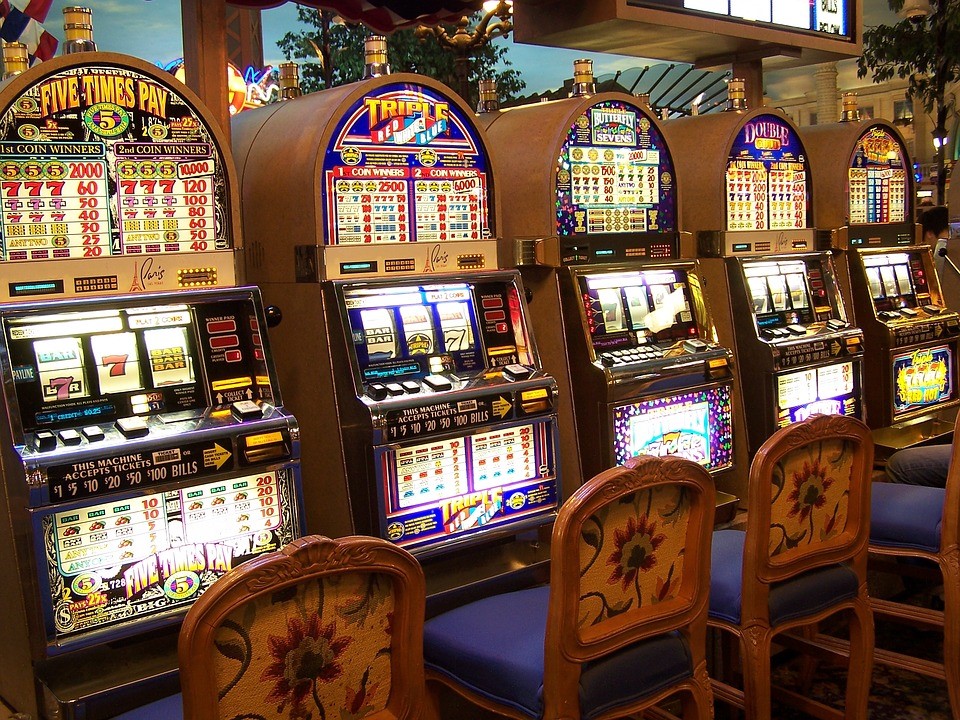
Slot machines are the most popular casino games nowadays, but that wasn’t always the case – they were initially brought into casinos only to amuse the casual gamers. Since slot machines don’t require the player to have any prior knowledge of gambling, they were easily accessible to anyone and everyone. Now, slot machines account for 60% of annual profits in the United States from gaming, and though the aesthetics – and mechanics – of slot machines have changed a lot since their inception, the game remains the same.
From purely mechanical machines, to screens with a lever attached, and finally to web-based homes like Mr Green slot games, slots have survived and thrived in the modern age of gaming. Before we played slots in the digital cloud, though, how did the large machines work?
First, a basic definition of a the term ‘slot machine’ is required: “A machine that produces combinations of signs, particular combinations winning differing amounts of money for the participating player.” Now that we’ve got that, we can explain how such a machine works.
Before the machine is allowed to work, a coin must of course be inserted – once a coin is detected to have entered the machine, the handle is unlocked and able to be pulled. The fundamental component of a slot machine is a shaft of metal that supports a number of reels – these reels contain the colorful signs that we all think of when we think of slot machines. Connected directly to the metal shaft is a the handle, the only moving part on the outside of the machine. Supported by a spring, the handle waits to be pulled, and is pushed back into position afterward. When the handle is pulled, the gears are spun, the shaft in turn spins the reels, and the future is set into motion.
After a set amount of time, a brake is engaged, and the reels begin to slow, and, ultimately, stop. This mechanism works by way of a so-called teeth that lock into place in notches set into the base of the reels. Once the reels have stopped, sensors within the machine read the layout of the reels and report to the payout system.
Of course, with the advent of electronic slot machines, the mechanisms relied on motors that spin the reels when triggered by the initial pull of the handle – and instead of physical teeth, the reels are stopped by a form of electromagnetism.
In yet more recent slot machine designs – though they still often look like the slot machines of old – the reels are controlled by a computer, which uses brief bursts of electricity to drive the small motors attached to the reels. This differs from the standard electric motors, which use a fluctuating current.
Finally, the digital age slot machine did away with all mechanisms in favor of a random-number-generator that determines what symbols are shows when the animation of the reels stops their ‘motion’. Yet despite the massive removal from their physical counterparts, online slot machines still hold to the vintage designs


